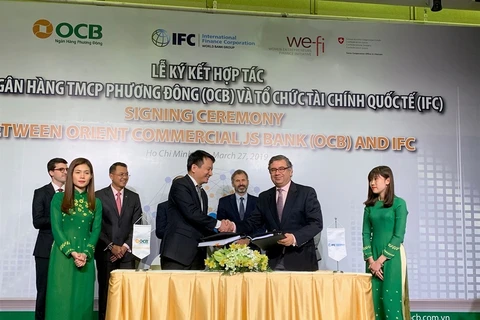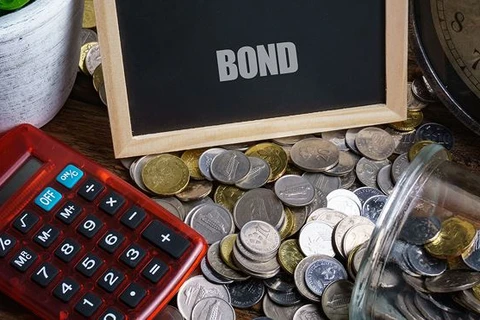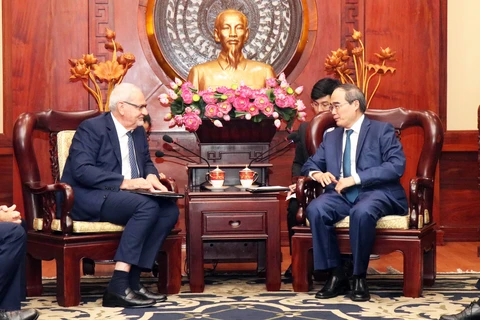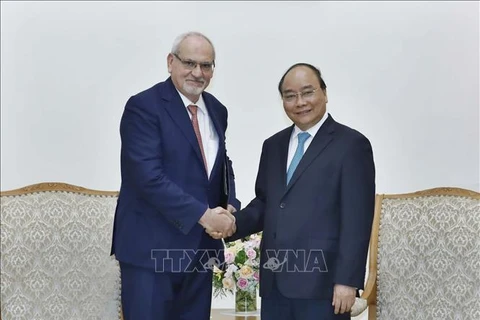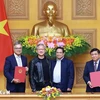 The Ha Long Marina project developed by BIM Land in Ha Long city, Quang Ninh province (Photo courtesy of BIM Group)
The Ha Long Marina project developed by BIM Land in Ha Long city, Quang Ninh province (Photo courtesy of BIM Group) Hanoi (VNA) – The BIM Land Joint Stock Company, a property developer under the BIM Group, has reached a deal with the International Finance Corporation (IFC), a member of the World Bank Group, for an 87.5 million USD loan to develop tourism infrastructure in Vietnam and Laos.
Tourism is one of the key growth drivers for both countries. Last year, Vietnam welcomed 15.5 million foreign visitors while Laos attracted about 4.2 million international arrivals, much lower compared to the figure of 38 million foreigners visiting Thailand each year.
Both Vietnam and Laos have significant potential for further growth. One of their big challenges is the lack of quality accommodation facilities in tourist destinations.
The IFC will provide a loan of up to 50 million USD from its own account and a trust loan up to 37.5 million USD to BIM Land and its subsidiaries from the multi-investor Managed Co-Lending Portfolio Programme (MCPP) managed by the IFC. At least 10 million USD of this financing package will be offered to developing tourism in Laos.
The project is expected to create about 1,400 jobs. Apart from local hiring and a relatively higher wage, the project will source around 90 percent of its goods and services locally. The IFC will also share best practices to help the company enhance its performance.
In addition, in pursuit of a green and sustainable tourism business, BIM Land has committed to applying the IFC’s Excellence in Design for Greater Efficiencies Green Building Certification System (EDGE) in its new hotels to be developed under this project with the aim of reducing energy, water and material consumption by at least 20 percent compared with similar buildings./.
VNA
